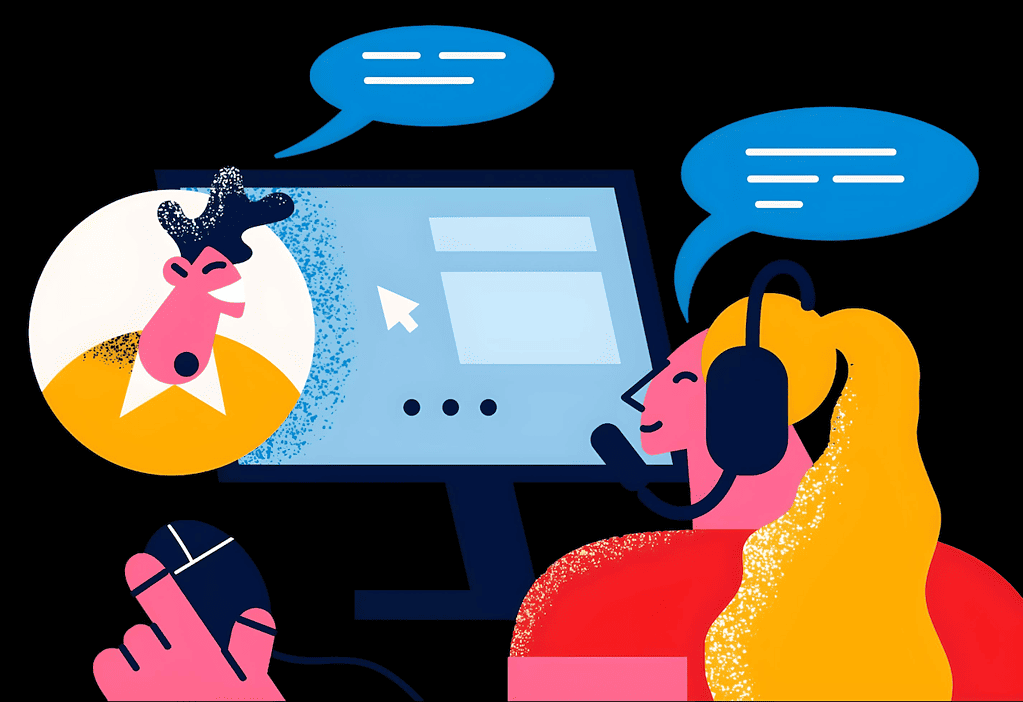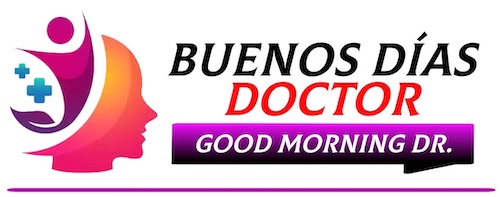Alert! «Zoom Fatigue»

BDD – GMD
Videoconference participants in a small study reported feeling tired, drowsy and ‘fed up,’ and testing revealed brain wave data backing that up.

Does a session on Zoom, FaceTime, or Microsoft Teams leave you drained and listless?
You’re not the only one: Since videoconferencing skyrocketed in popularity with the early days of the pandemic, use of such technology has soared. So have anecdotal accounts of a phenomenon some call “Zoom fatigue” — a unique state of exhaustion reported by those who feel wrung out after video calls.
__________
🟥
A recent study on brain monitoring supports the finding of a connection between videoconferencing in educational settings and physical symptoms of fatigue.
__________
Difficulty focusing
A study published in Scientific Reports observed 35 engineering students at an Austrian university to find physical signs of fatigue during lectures.
Half of the class joined a 50-minute online lecture at a nearby lab and had an in-person lecture the following week. The other half attended the lecture in person first and then attended it online.
Participants were monitored with EEG and ECG instruments that recorded brain activity and heart rhythms. They also participated in surveys about their mood and fatigue levels.
Researchers sought physical changes associated with mental fatigue, such as specific brain waves, lowered heart rate, and indications that the nervous system may be trying to cope with increasing exhaustion during the lecture.
There were “notable” differences between the in-person and online groups, the researchers write. Participants in the video were increasingly tired during the session, and their brain activity indicated that they had difficulty focusing.
The in-person participants said they felt livelier, happier, and more active, while the online participants felt tired, drowsy, and «fed up».
__________
🟡 🔴 🔵 REMEMBER
__________
The study indicates that videoconferencing takes a toll on our bodies. It suggests that we should use it as a supplement to face-to-face interaction, not as a replacement.
The research should be done again in business and home environments to better understand how these sessions impact participants.
More studies are needed that involve more parts of the brain and a wider range of participants.
The research was part of a project called «Technostress in Organizations,» which was funded by Austria. The project aimed to gather evidence on how mind technology affects the human body and brain.
__________
